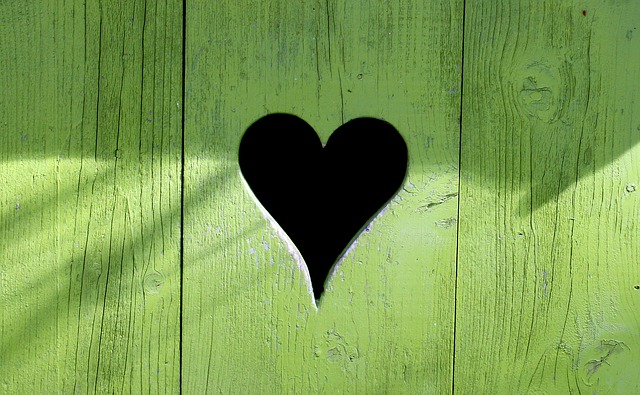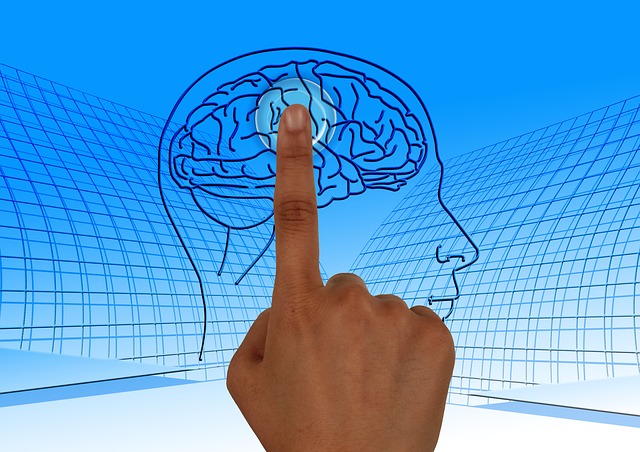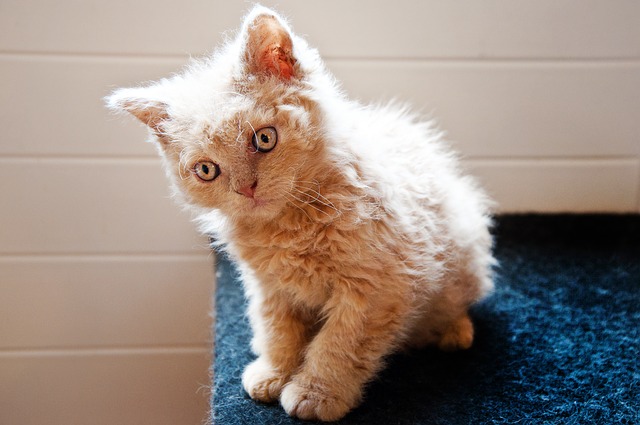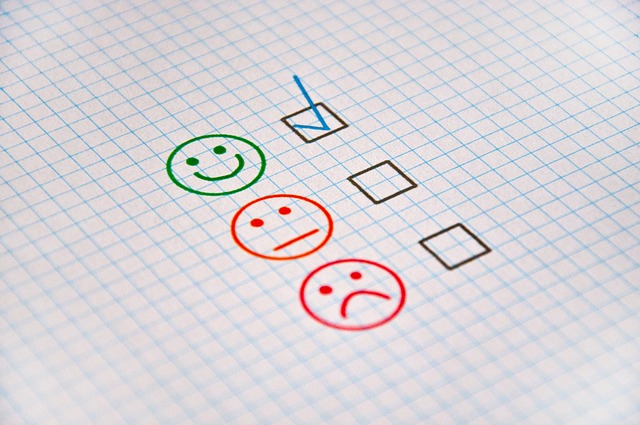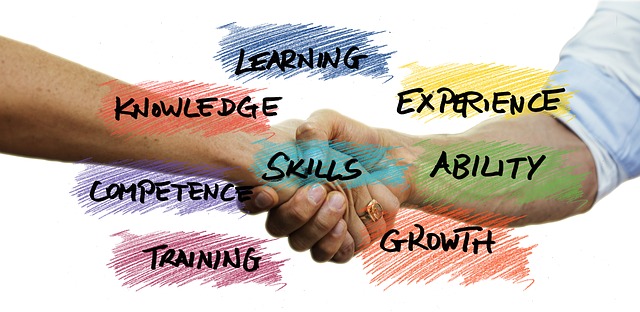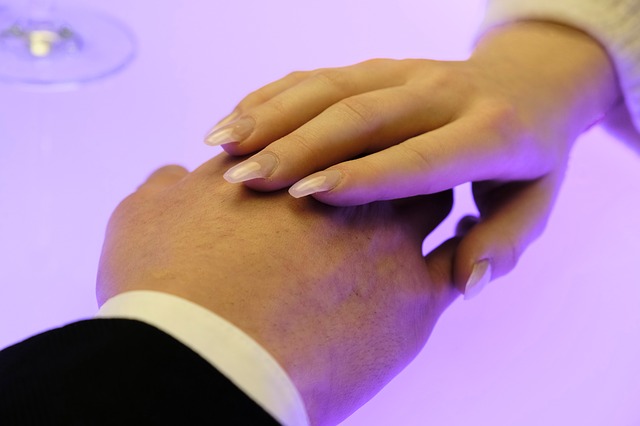Susan Piver, author of Start Here Now: An Open-Hearted Guide to the Path and Practice of Meditation, presented recently at the Mindfulness@Work Summit on the topic, Create Open Heart Connections at Work. She explained that having an “open heart” means “softening towards self and our experiences” – accepting ourselves and our life experiences as they are. In her view it does not mean only having positive thoughts, just being nice all the time or being overly kind to everybody. While Susan stresses the “softening” aspect of an open heart, she asserts very strongly that there is nothing weak about having an open-hearted stance – in fact, it takes incredible courage to truly face the reality of ourselves and our experience, not hiding behind a mask. This openheartedness develops rich workplace relations built on respect and a profound recognition of connectedness – thus enabling creativity and innovation to flourish.
Hiding behind a mask
As mentioned in my previous post, we are constantly projecting onto others by judging them by their actions while thinking positively about ourselves because of our good intentions. Many times, our judgments are projections of what we do not like about our self rather than an innate feature of the character of the other person. We are not open to our blind spots or unconscious bias. We can carry resentment that is based on false assumptions and a lack of understanding.
We have this tendency to hold onto a self-image that protects our sense of self-worth and, at the same time, creates distance from others. In contrast, being open hearted enables “respectful relationships” that are essential for workplace productivity, creativity and innovation. Susan argues that Western society is obsessed with self-improvement but that the starting position for an individual is often self-delusion, a figment of our imagination rather than facing what is real about ourselves. Even being perfect at meditation becomes a goal in itself.
Meditation as a pathway to an open heart
Meditation enables us to be with ourselves as we are – our feelings, thoughts, disappointments, hopes, anxieties and fears. It involves a “softening to self” – a path of curiosity and self-discovery. We begin to notice what is really there not what we think is, or should be, there. It helps us to surf the waves of life rather than ignore that they exist. However, an open heart is not achieved easily – it requires a fierce commitment and the courage to “free fall” without the support of self-delusion.
The resultant openness to our real self is liberating – it can be truly transformative. Part of this outcome is acknowledgement and acceptance of our vulnerability, rather than a pretence of our strength and invincibility. Susan points out too that the things that are valued in the workplace such as innovation, creativity, insight, wisdom and compassion all require “receptivity” – an openness to receiving, the capacity to be truly present and the ability to connect constructively. An open heart helps us to negotiate work and life challenges and to engage with others in the workplace in a helpful and creative way.
The Open Heart Project
The Open Heart Project, led by Susan Piver, is an international, online community of over 20,000 people who engage in ongoing mindfulness meditation practice and sharing. It is designed to bring peace and harmony to the world through true self-compassion and in-depth relationships and connection. Susan also offers free information and guided meditations to individuals who subscribe to her weekly newsletter through her blog page.
As we grow in mindfulness through meditation that facilitates an open heart, we begin to see our self and our experiences as they truly are, develop genuine self-compassion and build constructive, productive and creative workplace relationships.
____________________________________________
Image by Manfred Antranias Zimmer from Pixabay
By Ron Passfield – Copyright (Creative Commons license, Attribution–Non Commercial–No Derivatives)
Disclosure: If you purchase a product through this site, I may earn a commission which will help to pay for the site, the associated Meetup group and the resources to support the blog.
